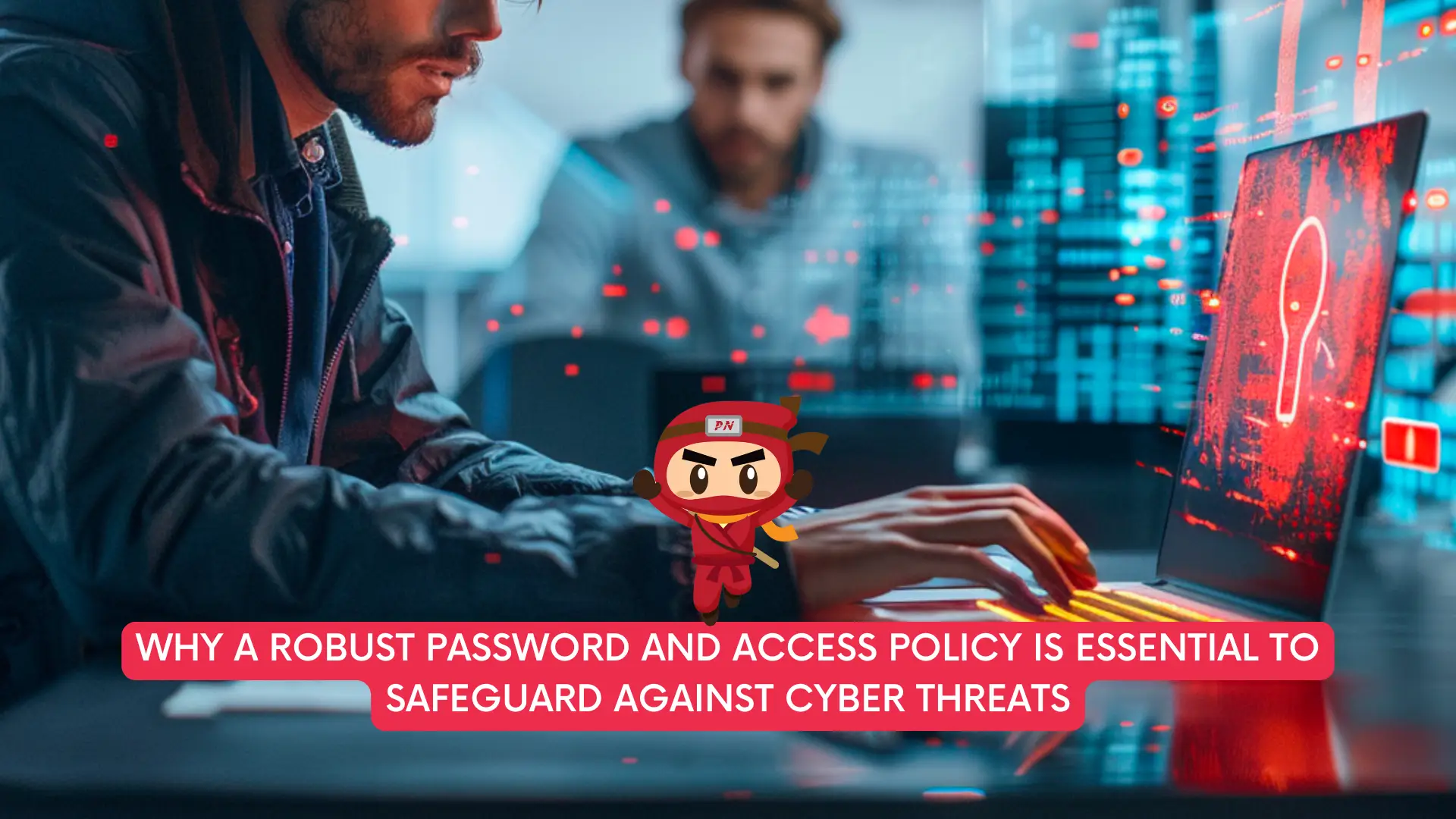





In today’s digital world, cybersecurity is more critical than ever, especially when it comes to safeguarding personal and business data. With cyber threats evolving rapidly, organizations must implement comprehensive security strategies to protect sensitive information from malicious actors. One of the most fundamental yet effective measures in this fight is having a robust password and access policy. In particular, the combination of strong, unique passwords and integrated two-factor authentication (2FA) serves as a vital defense against brute force attacks and other methods employed by hackers to gain unauthorized access.
Passwords serve as the first line of defense in the security infrastructure of any organization. They are the keys that unlock access to accounts, applications, and systems, making them a primary target for cybercriminals. While the importance of strong passwords is widely acknowledged, many users continue to choose simple or easily guessable passwords, leaving their accounts vulnerable to attack.
A robust password policy ensures that employees and users are guided to create complex and secure passwords, while an access policy governs who can access which resources and under what conditions. Combined, these policies mitigate the risk of unauthorized access and minimize the potential damage caused by security breaches.

Despite the increasing awareness of cybersecurity risks, weak passwords remain a significant threat. Many individuals still rely on simple, easily guessed passwords, such as “password123” or their birthdates, which hackers can quickly crack using brute force techniques. Brute force attacks involve an attacker attempting numerous password combinations until the correct one is found. While modern encryption methods make this process more challenging, weak passwords still provide an easy entry point for cybercriminals to exploit.
In addition to brute force attacks, attackers can use other methods to guess passwords, including:
These methods, among others, demonstrate the importance of using strong, unique passwords. With a strong password policy, organizations can require their employees to create passwords that are much more difficult for attackers to guess or crack.
A strong password is one that is not easily guessable by hackers and includes a combination of the following elements:
Organizations can implement password strength requirements to ensure that employees create passwords that meet these criteria. This is one part of a larger strategy to reduce the risks posed by weak passwords.
While strong passwords are essential for protecting accounts and systems, they are not foolproof. Even with complex passwords, hackers may still find ways to breach systems using sophisticated attack methods. This is where two-factor authentication (2FA) comes in.
Two-factor authentication adds an extra layer of security by requiring users to verify their identity through two separate factors:
The most common form of 2FA is the combination of a password with a second authentication factor, such as a time-sensitive code sent to a mobile device or email. This ensures that even if an attacker gains access to a user’s password, they will still need the second factor to access the account.
2FA significantly reduces the likelihood of unauthorized access because it makes it much harder for attackers to gain access even if they know the password. For example, in a phishing attack where the attacker manages to steal a password, they would still need the second factor (e.g., a one-time password sent to the user’s phone) to complete the login process. Without this additional factor, the attacker would be blocked from accessing the system.
Integrating two-factor authentication into password and access policies enhances the overall security of an organization by:

To establish an effective password and access policy that incorporates 2FA, organizations should consider the following best practices:
In today’s threat landscape, a robust password and access policy is not just a best practice—it is essential for safeguarding sensitive data from cyber threats. A strong, unique password combined with two-factor authentication provides a powerful defense against the growing number of attacks targeting user credentials. By implementing comprehensive password policies, enforcing the use of 2FA, and educating employees about security best practices, organizations can significantly reduce the risks of unauthorized access and protect both personal data and business-critical information. A proactive approach to password and access management is a key component of an overall cybersecurity strategy, helping to ensure that sensitive data remains secure and protected from malicious actors.
Your appointed DPO can work with you on your PDPA compliance, ensuring that there will be policies in place to make sure that the handling of personal data is PDPA compliant.
A Data Protection Officer (DPO) oversees data protection responsibilities and ensures that organisations comply with the Personal Data Protection Act (PDPA). Furthermore, every Organisation’s DPO should be able to curb any instances of PDPA noncompliance as it is the officer responsible for maintaining the positive posture of an organisation’s cybersecurity.
DPOs complement organisations’ efforts to ensure that the organisation’s methods of collecting personal data comply with the PDPA. It also ensures that policies are set in place to make sure that there will be no instances of data breaches in the future.
Don’t wait any longer to ensure your organisation is PDPA compliant. Take our free 3-minute PDPA Compliance Self-audit checklist now, the same “secret weapon” used by our clients to keep them on track. Upon completion, we will send you the results so you can take the necessary action to protect your customers’ data. Complete the free assessment checklist today and take the first step towards protecting your customers’ personal data.